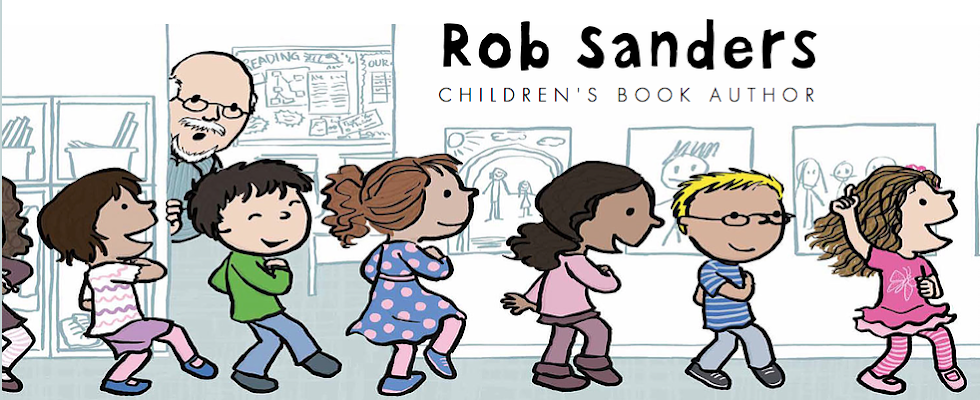Week of January 22, 2012—Picture Book Writer’s Glossary
Friday, January 27, 2012—The Glossary, T-Z
-T-
Three-act structure—often used in screenwriting. Act One is the Set Up and includes an Inciting Incident that leads to the first turning point of the story. Act Two includes Confrontation/Development with trials and errors, and attempts and failures to solve the problem of the story. Turning Point 2 concludes Act Two and seems to make the situation even worse (the dark moment). Act Three moves quickly taking us to the Resolution of the story and all the way to the end. See: http://robsanderswrites.blogspot.com/2011/01/screenplay-approach.html.
Transitions—words and phrases that move the reader from sentence to sentence, paragraph to paragraph, from idea to idea, or change in time. Examples of transitional words and phrases include: suddenly, out of the blue, and within minutes. Onomatopoeias, ellipses, alliterations, questions, and other techniques may also be used as transitions. Writers should be cautioned to not overuse any transition word or phrase, especially the common then, first, next, and finally. See: http://robsanderswrites.blogspot.com/2011/05/transitions-and-time-compression.html.
-U-
Use binocular vision—this term used in the writings of Barry Lane reminds writers to clarify and focus their writing. Just as a pair of binoculars have to be focused in order to clearly see, so writing has to be focused with added details to focus the reader on what the writer is trying to communicate.
-V-
Vivid Verbs—choosing verbs (action words) that accurately show the action that is going on is essential in writing. For instance, an author may write that “the boy sat down”, when actually the boy pounced, slumped, or perched. The same is true for the word said. While it is fine to use said on occasion, there are other verbs to use that might more vividly describe what is happening—such as: screamed, whispered, whined, or purred. See: http://robsanderswrites.blogspot.com/2011/09/secrets-to-specific-nouns-and-vivid.html.
Voice—writing with voice shows the author’s personality and shows that the author is writing honestly and from the heart. Voice helps the reader “see” the person behind the writing and to feel what the writer is feeling. Voice adds style and flavor to an individual’s writing. See: http://robsanderswrites.blogspot.com/2011/05/dialogue-vs-voice.html.
-W-
Whispered parenthesis—after saying something, people sometimes raise a hand to their mouth and whisper their true feelings behind the raised hands. Katie Wood Ray introduced the idea of whispered parenthesis in writing. Placing those behind-the-hand comments within parenthesis adds voice to writing. For instance: I’m sorry little brother, I’ll never do it again (until no one is looking).NOTE: Also known as Thought shot.
Writers Workshop—Writers Workshop is the method many teachers use for daily writing instruction. Writers Workshop includes four components:
Read Aloud from a variety of genres (about 5 minutes)
Modeled/Shared Writing (10-15 minutes)
Independent Writing (35-45 minutes)
Sharing Session (5 minutes)
-X-
-Y-
-Z-

No comments:
Post a Comment